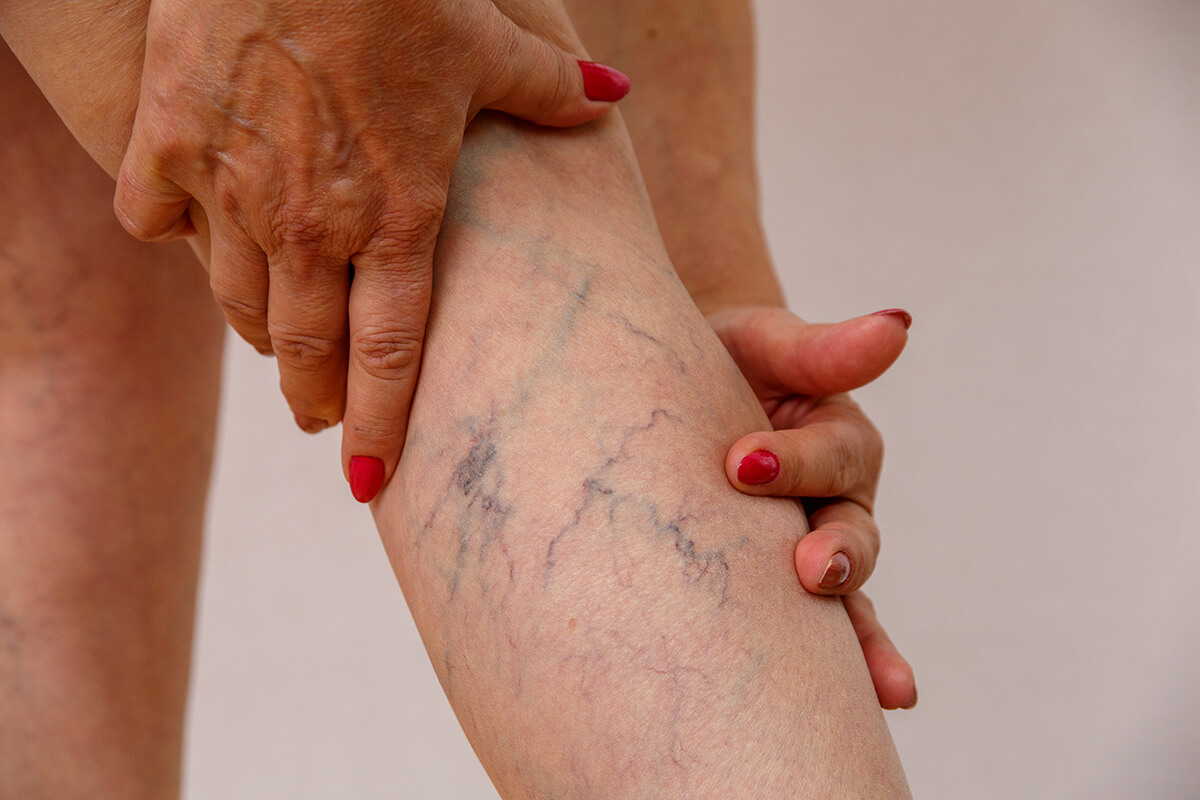Banishing the Blues: Understanding and Treating Spider Veins
Spider veins, those small, tangled networks of red, purple, or blue lines that appear on the legs, are a common cosmetic concern. While generally harmless, they can detract from the appearance of your legs and cause self-consciousness, especially during warmer weather when wearing shorts or skirts. This article provides a comprehensive guide to understanding spider veins, exploring their causes, treatment options, and the role of spider vein surgery.
Demystifying Spider Veins: Causes and Formation
Spider veins are dilated and weakened veins located close to the skin’s surface. Unlike deeper varicose veins, they are typically smaller and don’t bulge outward as noticeably. Here’s a breakdown of the factors that contribute to spider vein formation:
- Heredity: Genetics play a significant role in spider vein development. If you have a family history of spider veins, you’re more likely to develop them yourself.
- Hormonal Changes: Fluctuations in hormone levels, such as during pregnancy, menopause, or taking birth control pills, can contribute to spider veins.
- Sun Damage: Exposure to ultraviolet radiation can damage the skin and weaken the walls of veins, increasing the risk of spider veins.
Occupations Requiring Prolonged Standing: Jobs that require standing for extended periods can put additional pressure on the veins in the legs, leading to spider vein development. - Obesity: Excess weight puts added strain on the circulatory system, including the veins in the legs, which can contribute to spider veins.
Treatment Options for Spider Veins: Beyond Concealing
While makeup can temporarily cover spider veins, there are various treatment options available for a more permanent solution. Here’s an overview of some popular approaches:
Sclerotherapy: A Targeted Approach
Sclerotherapy is a minimally invasive treatment that involves injecting a solution directly into the spider vein. This solution irritates the lining of the vein, causing it to collapse and shrink over time. The treated vein is eventually reabsorbed by the body, resulting in fading of the spider vein. Sclerotherapy is a popular choice for treating small to medium-sized spider veins and offers a relatively quick recovery time.
Laser Treatment: Precision Technology for Spider Veins
Laser treatment utilizes focused light energy to target the spider vein. The laser light heats and damages the vein wall, causing it to close and eventually disappear. This treatment is often preferred for smaller spider veins near the skin’s surface. Laser treatment offers a high degree of precision and can be effective in treating specific areas with spider veins.
Radiofrequency Ablation: A Newer Option
Radiofrequency ablation is a newer technique for treating spider veins. It involves inserting a thin catheter into the vein and using radiofrequency waves to heat and damage the vein wall, leading to its closure and eventual disappearance. This treatment option is gaining popularity for its effectiveness and minimal invasiveness.
Spider Vein Surgery: A Consideration in Specific Cases
While minimally invasive treatments are generally preferred for spider veins, in rare cases, spider vein surgery might be considered. Here’s what you need to know:
- Limited Applications: Spider vein surgery is typically reserved for larger or more complex spider veins that are not effectively treated with other methods.
- Procedure Variations: There are different surgical approaches depending on the specific situation. One technique involves making tiny incisions and removing the affected vein segment. Another approach involves using a small hook to pull the vein out through a tiny incision.
- Recovery Time: Spider vein surgery typically involves a longer recovery time compared to minimally invasive treatments.
Choosing the Right Treatment: Consulting with a Vascular Specialist
The best treatment for spider veins depends on various factors, including the size and location of the veins, your overall health, and personal preferences. Consulting with a vascular specialist is crucial for a proper evaluation and personalized treatment plan. They can discuss the pros and cons of each treatment option and help you determine the approach that best suits your needs.


